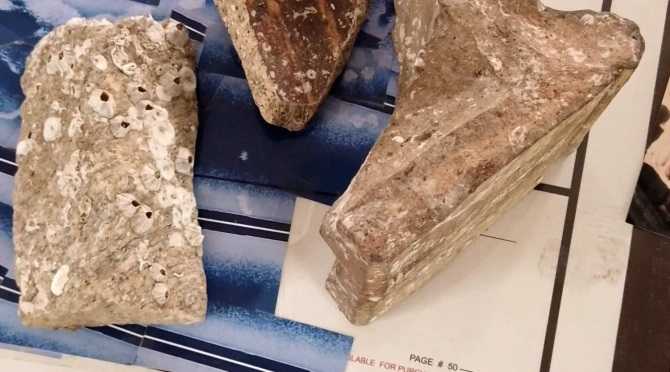The allure of ancient mysteries has long captivated humanity, sparking quests for knowledge and understanding that traverse both land and sea. In March 2022, George Gelé, an amateur archaeologist, made headlines with his claim of discovering a submerged city in the Gulf of Mexico, off the coast of the Chandeleur Islands. This purported city, dubbed “Crescentis,” is said to boast an enigmatic pyramid and an intriguing energy field, shrouding the site in an aura of mystique and wonder.

Gelé’s journey to uncovering the secrets of the underwater city spans nearly half a century, rooted in his fascination with ancient civilizations kindled during his student days at LSU. His tireless pursuit led him on numerous expeditions, culminating in the revelation of what he believes to be remnants of a prehistoric metropolis predating the Maya, Inca, and Aztec cultures.

The alleged city, buried beneath sand and silt, is speculated to comprise hundreds of structures, reminiscent of the architectural grandeur of the Great Pyramid at Giza. Gelé’s assertions are supported by sonar images depicting what he claims to be ancient edifices, including a colossal pyramid towering over the underwater landscape.
Perhaps the most perplexing aspect of Gelé’s discovery is the reported electromagnetic energy emitted by the pyramid, evoking comparisons to the enigmatic phenomena associated with the Bermuda Triangle. Accounts of compass malfunctions and electronic equipment failures near the site add a layer of intrigue to the narrative, fueling speculation about the city’s otherworldly origins.

However, skepticism shrouds Gelé’s claims, with critics citing alternative explanations rooted in more mundane realities. The presence of granite slabs and artifacts may be attributed to discarded ballast stones from historic shipwrecks or deliberate human intervention, rather than the vestiges of an ancient civilization.
LSU archaeology professor Rob Mann suggests that the stones may have been used to create artificial reefs, echoing a practice observed in the mid-20th century. Delving into historical records and newspaper archives, Mann contends, holds the key to unraveling the true nature of the underwater site.
State archaeologist Chip McGimsey’s investigation yields inconclusive findings, leaving the mystery of the submerged city unresolved. The absence of definitive evidence of a shipwreck raises questions about the origins and purpose of the stone deposits, underscoring the need for further exploration and analysis.
While Gelé’s assertions may be met with skepticism, his unwavering dedication to unraveling the mysteries of the past commands respect. His quest embodies the spirit of exploration and discovery, reminding us of humanity’s insatiable curiosity and enduring quest for knowledge.
As the enigma of the alleged underwater city near the Chandeleur Islands continues to intrigue and mystify, it serves as a testament to the enduring allure of ancient mysteries and the boundless depths of human imagination. Whether the truth behind Gelé’s discovery lies in the annals of history or the realms of myth and legend, one thing remains certain: the quest for understanding will persist, driving us ever deeper into the mysteries of our past.